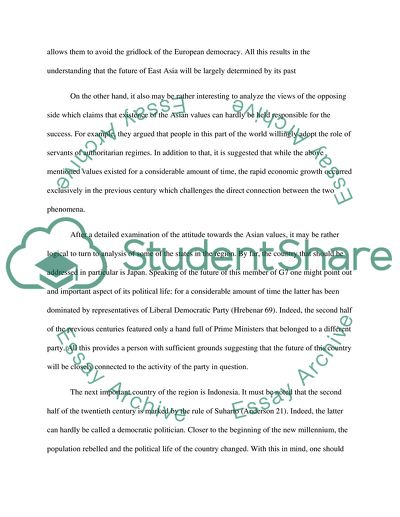Cite this document
(“Political Chaos and Stalemate in East Asia Essay”, n.d.)
Political Chaos and Stalemate in East Asia Essay. Retrieved from https://studentshare.org/politics/1687845-east-asia
Political Chaos and Stalemate in East Asia Essay. Retrieved from https://studentshare.org/politics/1687845-east-asia
(Political Chaos and Stalemate in East Asia Essay)
Political Chaos and Stalemate in East Asia Essay. https://studentshare.org/politics/1687845-east-asia.
Political Chaos and Stalemate in East Asia Essay. https://studentshare.org/politics/1687845-east-asia.
“Political Chaos and Stalemate in East Asia Essay”, n.d. https://studentshare.org/politics/1687845-east-asia.


